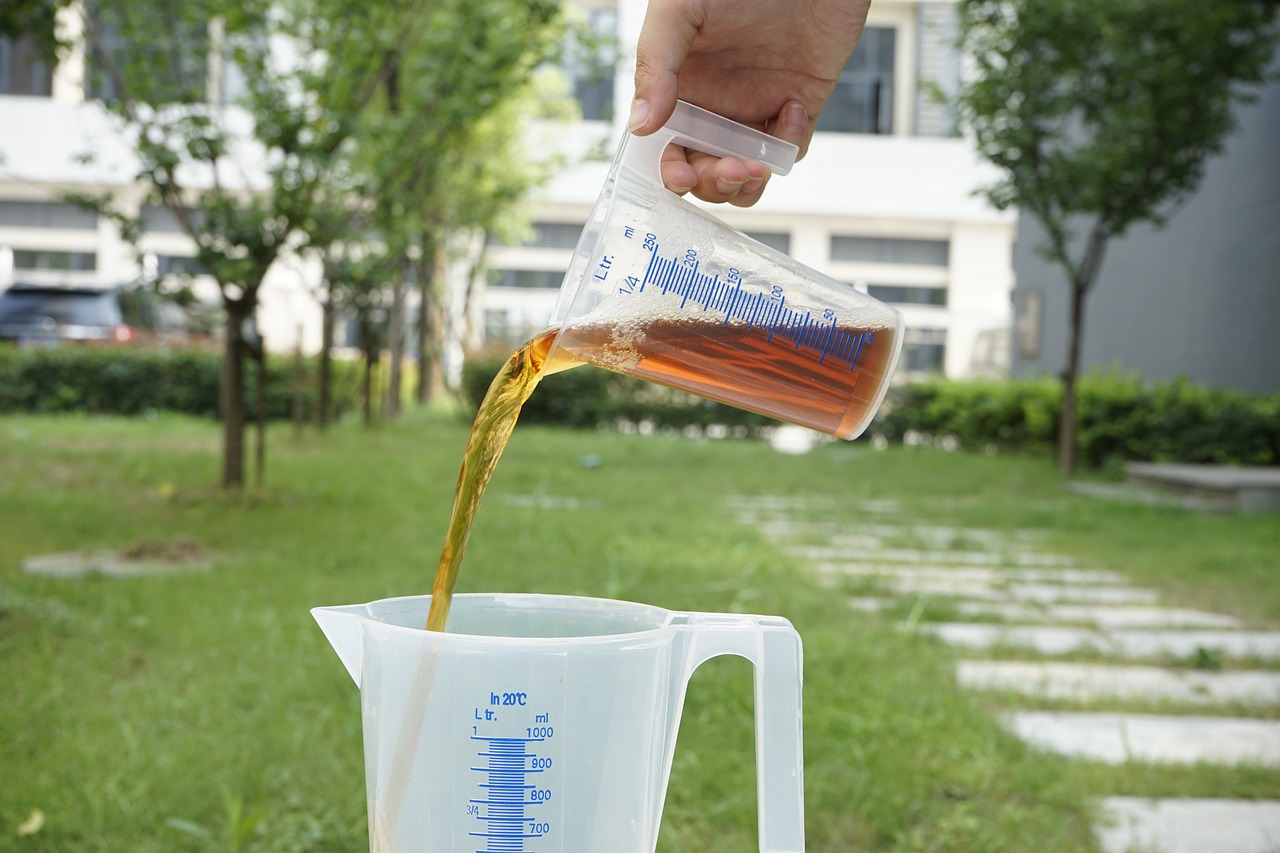How Many MCG is in a ML: A Quick Conversion Guide for Medical Professionals

Let’s dive straight into one of the most common questions I get asked: “how many mcg in a ml?” The truth is, it’s not as straightforward as you might think. Comparing micrograms (mcg) to milliliters (ml) is like comparing apples to oranges – they’re two different types of measurements.
The first thing you should know is that a microgram measures weight, while a milliliter measures volume. You can’t directly convert these two units without additional information. It’s like trying to determine how many pounds are in a gallon – it totally depends on what substance you’re measuring!
Herein lies the essential factor: the density of the substance in question. With knowledge about the specific density, we can then make an accurate conversion between mcg and ml. So next time someone casually asks “how many mcg are in a ml?”, remember there isn’t a simple answer – it all hinges on the densities involved!
Understanding the Basics of Measurements: Mcg and Ml
When it comes to understanding different units of measurement, it’s essential to grasp the basics. In this context, we’ll be diving into what exactly mcg and ml stand for. Micrograms (mcg) and milliliters (ml) are common units used in medicine and science, but they measure very different things.
First off, let’s talk about micrograms. A microgram is a unit of weight that’s part of the metric system. To give you a clearer picture, consider this: one gram is equivalent to 1,000,000 micrograms – yes, that’s a million! It might sound mind-boggling at first glance but think about it; we’re dealing with microscopic amounts here which explains why such large numbers come into play.
On the other hand, milliliters fall under volume measurements. They’re commonly used to measure liquid quantities. For example in your kitchen when following recipes or in pharmacies when determining dosages for liquid medicines. A liter consists of 1000 milliliters – considerably more straightforward compared to our mcg conversion!
So how do these two relate? Well, they don’t directly compare since they’re measuring different aspects – weight and volume respectively. However, in certain contexts like medicine dosage calculations where both units can be involved simultaneously.
How Many MCG is in a ML
Let’s dive right into the core of our topic, the conversion between micrograms (mcg) and milliliters (ml). If you’re new to this, it might sound like an obscure science experiment. But trust me, it’s simpler than you’d think.
First off, I want to clarify that mcg and ml measure different things. Mcg is a unit of weight used for measuring tiny amounts of solid substances. On the other hand, ml is a volume measurement used mainly for liquids. So when we talk about converting mcg to ml or vice versa, we’re actually dealing with density!

Here’s how it works: if you know the density of a substance in mcg/ml (micrograms per milliliter), then you can convert between weight and volume. For instance, let’s consider water at room temperature which has a near-universal density of 1 g/ml or equivalently 1 million mcg/ml.
This means if you have one milliliter (ml) of water at room temperature its weight would be close to one gram(g) or one million micrograms(mcg). Conversely, if you’ve got one microgram(mcg) of water, its volume would be approximately 0.000001 milliliters(ml).
Remember however that densities can change under different conditions such as temperature variations and pressure changes among others so always ensure your measurements are accurate.
To sum up:
- One ml of water weighs about one million mcgs.
- One mcg of water occupies about 0.000001 mls.
I’m sure now these conversions don’t look so daunting anymore! Keep in mind though that this applies specifically to water and densities will vary with different substances. Always refer back to your source’s specific data when dealing with other materials!
In summary:
- Micrograms and Milliliters measure different things: Weight and Volume respectively.
- We use density (in our case – weight/volume) to bridge the gap between these two units.
- The conversion depends on each specific substance’s properties; You’ll need the precise density value for an accurate conversion.




